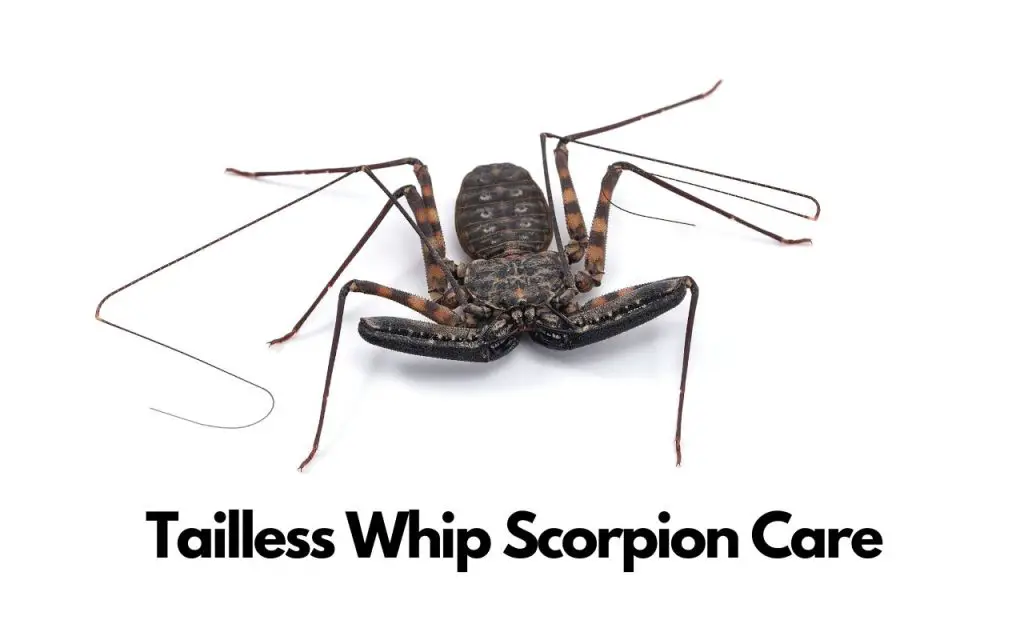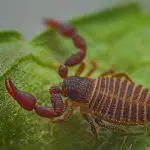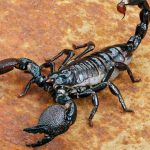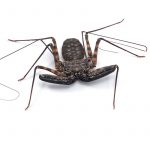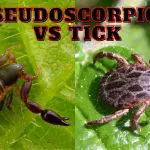As someone with a passion for the fascinating world of arachnids, I’ve kept some pretty weird animals. Today, I’m excited to share my insights into one of the weirdest arachnids of all: the Tailless Whip Scorpion.
With a name that might strike a note of terror in the uninitiated, these creatures are actually gentle and harmless, making them an excellent choice for arachnid enthusiasts. Moving weirdly sideways in a crab-like fashion, they are completely non-aggressive, and just seem to enjoy hanging out and munching crickets.
Here’s a comprehensive guide to understanding and caring for your Tailless Whip Scorpion…
Tailless Whip Scorpion Habitat
In the wild, Tailless Whip Scorpions, or Amblypygi, are found in tropical and subtropical regions across the globe. They prefer humid environments such as caves, underneath bark, rocks, or within leaf litter. These creatures are nocturnal, hiding during the day and coming out at night to hunt for prey.
Your job, as a Tailless Whip Scorpion caregiver, is to recreate their natural habitat as closely as possible. This means ensuring your scorpion’s enclosure mimics the dark, humid environments they’re used to.
Tailless Whip Scorpion Tank Size
The size of the tank plays a significant role in the well-being of your scorpion. A standard 10-gallon tank works well for a single adult, but I prefer larger setups to give them ample room to roam.
Remember, these creatures are more vertical climbers than ground dwellers. Incorporating pieces of bark or cork for climbing and hiding is crucial.
An enclosure with more height than width, coupled with branches and bark for climbing, will create a more suitable environment for your scorpion.
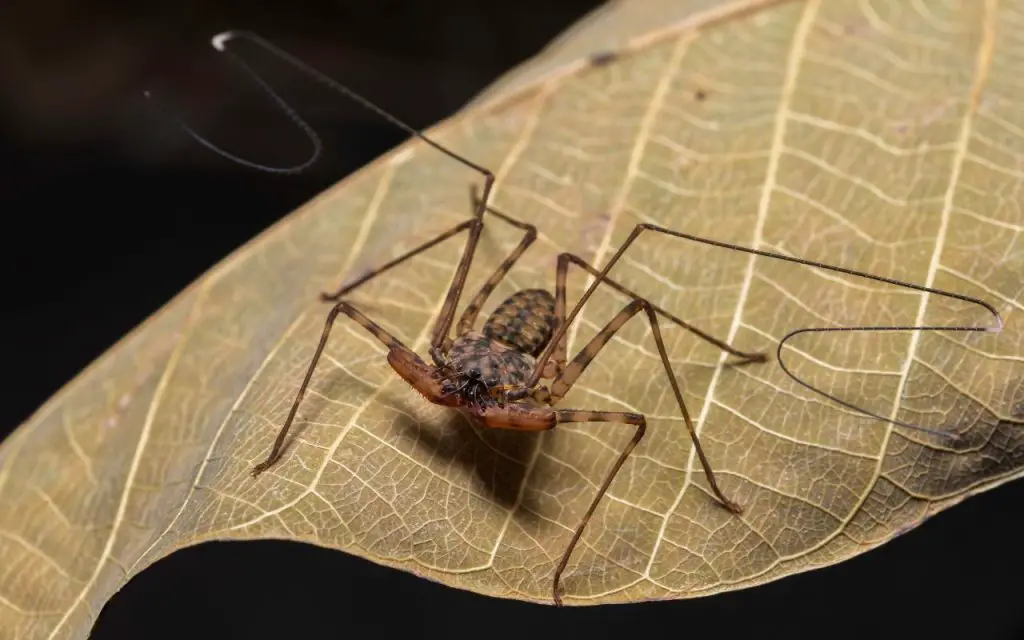
Temperature
Tailless Whip Scorpions are not demanding when it comes to temperature. However, they do best in an environment that ranges between 75-85°F (24-29°C). A heat mat can be used to achieve this, but remember, it should never cover more than half the tank. Always place the heat mat on one side to create a gradient, allowing the scorpion to choose its preferred temperature.
Humidity and Water
Maintaining proper humidity is a significant part of Tailless Whip Scorpion care. They prefer humidity levels between 70-80%.
This can be achieved by misting the enclosure regularly and using a substrate that retains moisture. Provide a shallow water dish but ensure it’s not too deep to prevent accidental drowning. A piece of sponge in the dish can provide additional safety.
Tailless Whip Scorpion Substrate
The substrate should mimic the creature’s natural habitat. A combination of coco fiber, peat moss, and a bit of sand works well for these creatures. A depth of 2-3 inches allows for some humidity retention.
If that mix sounds a little complicated, you can also just use Coco fiber on its own – it doesn’t look quite as natural but holds humidity just fine.
Obviously, some species of Whip Scorpion do live in desert regions, but even these ones need humidity. In the wild, they hide during the day in the darkest, most humid places they can find to avoid drying out.
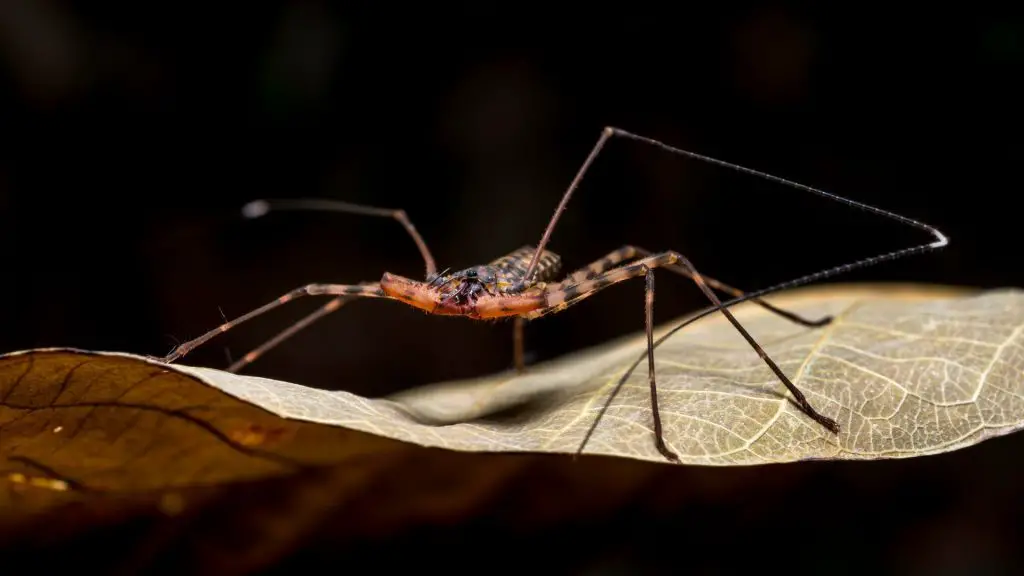
Diet
Apparently amblypygids are known to eat frogs and small mammals in the wild, but I’m going to go ahead and say this is probably unusual, rather than the norm! In fact, the ones I’ve kept as pets definitely seemed to have a strong preference for crickets and Dubia roaches.
Tailless Whip Scorpions are carnivorous and thrive on a diet of small invertebrates. Here is a quick list of food items suitable for your scorpion:
- Crickets
- Roaches
- Mealworms
- Super worms
- Waxworms
- Hornworms
- Other small invertebrates
Remember, the size of the prey should be smaller than the whip scorpion’s body. These are delicate arachnids, and they don’t like a battle!
Tailless Whip Scorpion Lifespan
The lifespan of Tailless Whip Scorpions is quite impressive compared to other arachnids, with females living up to 10-15 years and males slightly less.
Table: Lifespan Comparison of Popular Pet Arachnids
| Arachnid Species | Average Lifespan |
|---|---|
| Tailless Whip Scorpion | 10-15 years |
| Tarantulas | 5-25 years, depending on species |
| True Scorpions | 3-8 years |
| Vinegaroons | 7-10 years |
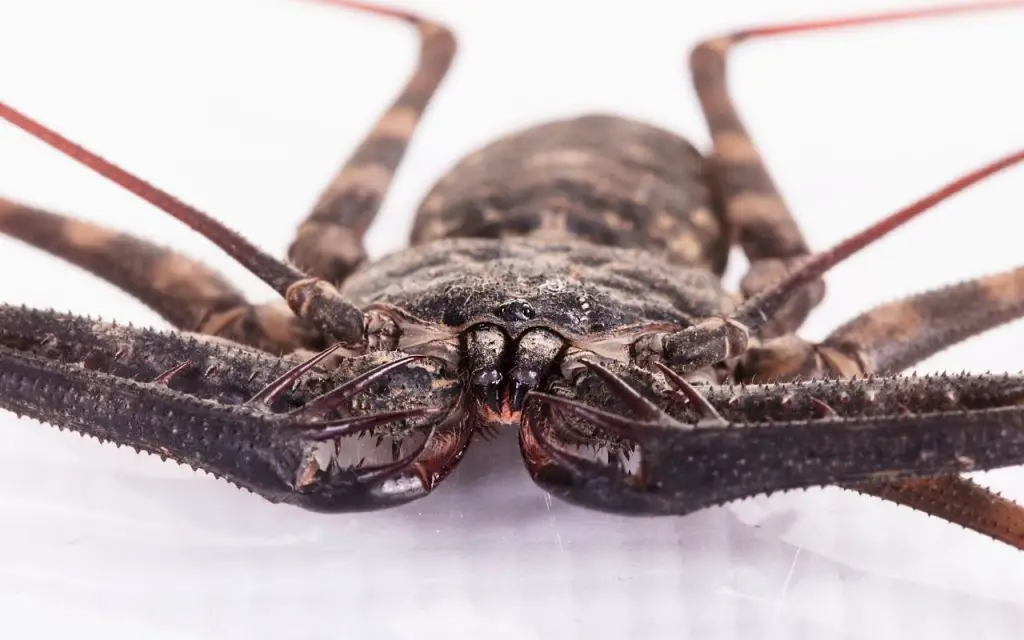
Tailless Whip Scorpion for Sale
When you’re ready to buy a Tailless Whip Scorpion, ensure you’re purchasing from a reputable breeder or pet store that prioritizes the health and well-being of their creatures. Always inquire about the creature’s origin, its health, age, and sex. Avoid wild-caught specimens as they can be stressed and carry parasites.
Breeding
Breeding Tailless Whip Scorpions can be a rewarding experience. It’s important to note that these creatures become sexually mature at around one year of age. The male deposits a spermatophore, which the female picks up to fertilise her eggs.
These creatures actually give their young considerable parental care compared to a lot of invertebrates. After laying her eggs, the female will carry them until they hatch. Then, the young climb onto her back where she keeps them safe until after their first molt.
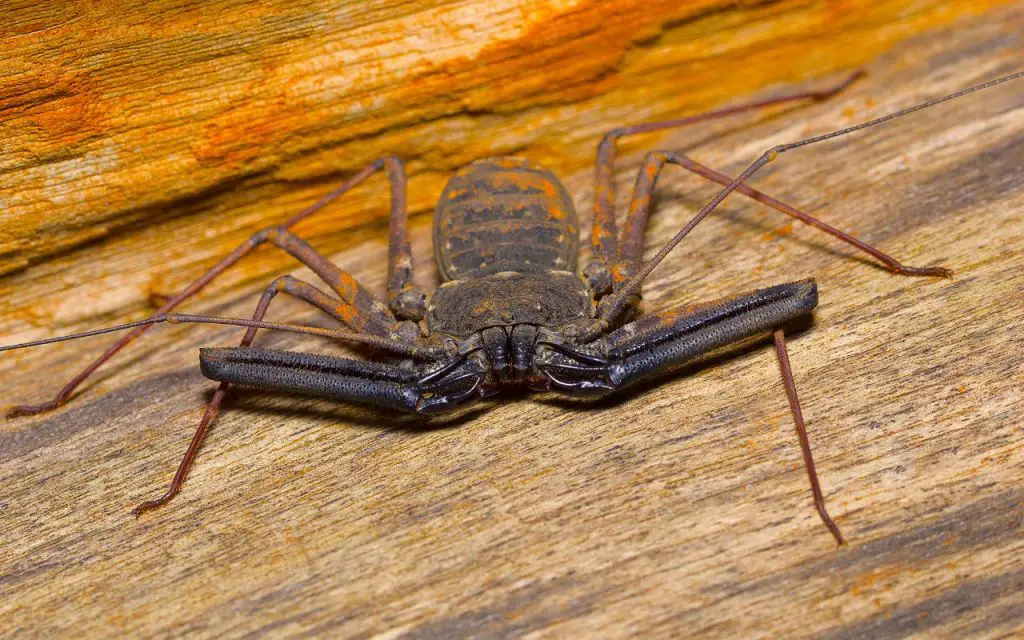
Tailless Whip Scorpion Care: Final Thoughts…
Why I like them:
- Anyone who has any kind of interest in evolution has to love amblypygids. They have so many derived characteristics that you could literally write a book on them.
- Whip Scorpions are incredibly gentle – you can handle them without any fear
- They like to climb, unlike many true scorpions. You can observe them exploring the walls of their enclosure.
Things to consider before buying:
- Some species are very shy. You might not see them much for the first few months. Some will even wait until you aren’t watching to eat their prey
Caring for a Tailless Whip Scorpion is a unique and enriching experience. Their docile nature and fascinating behaviors make them an excellent choice for arachnid enthusiasts. The journey might seem challenging at first, but with proper care and knowledge, it’s a journey worth embarking on.
Remember, the key to successful Tailless Whip Scorpion care is to mimic their natural environment as closely as possible. Providing the right temperature, humidity, diet, and tank setup can help ensure a long, healthy life for your scorpion. Always observe your pet’s behavior closely, as changes can often be the first sign of a potential problem.
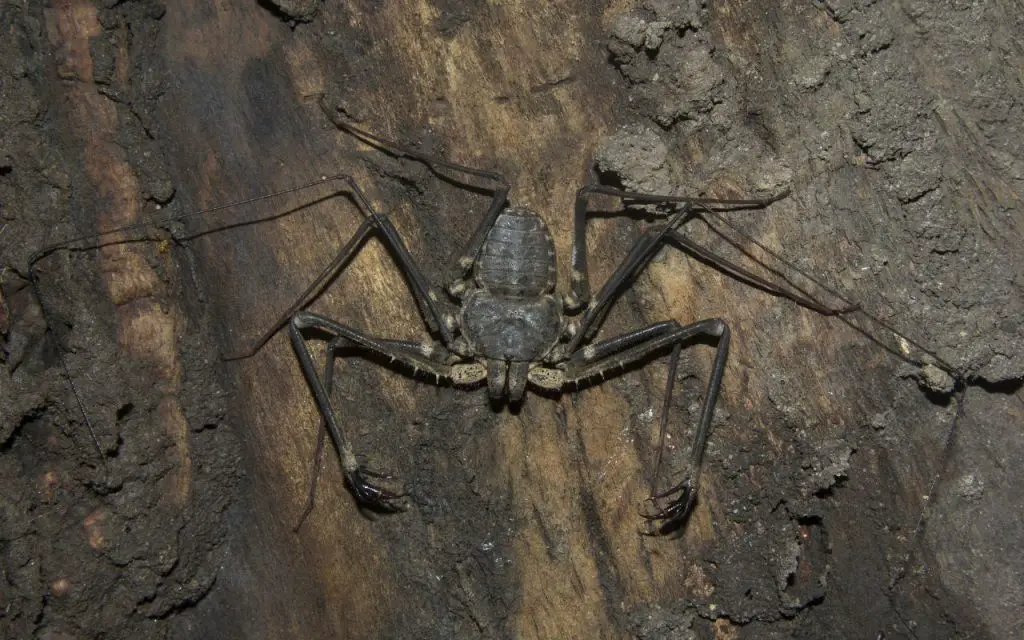
Are tailless whip scorpions easy to care for?
Tailless whip scorpions are long-lived and very easy to care for if you get their setup right. Remember that they only feel comfortable if they have vertical surfaces to climb and ample hiding places. You also need to monitor their humidity closely. Like all arachnids, being prone to drying out is their main weakness.
How often should you feed a tailless whip scorpion?
Juvenile whip scorpions need feeding a couple of times a week, whereas adults should receive food once a week. Give them a prey item that is smaller than their body, so that it isn’t too hard for them to tackle.
Do tailless whip scorpions make good pets?
Tailless whip scorpions make great pets, mainly because they are low-maintenance and very unique. That said, they are shy, and it make take time to learn how to observe them without scaring them back into hiding. Over time, they do get much less scared of you, so in the long run you will have a rewarding pet.

